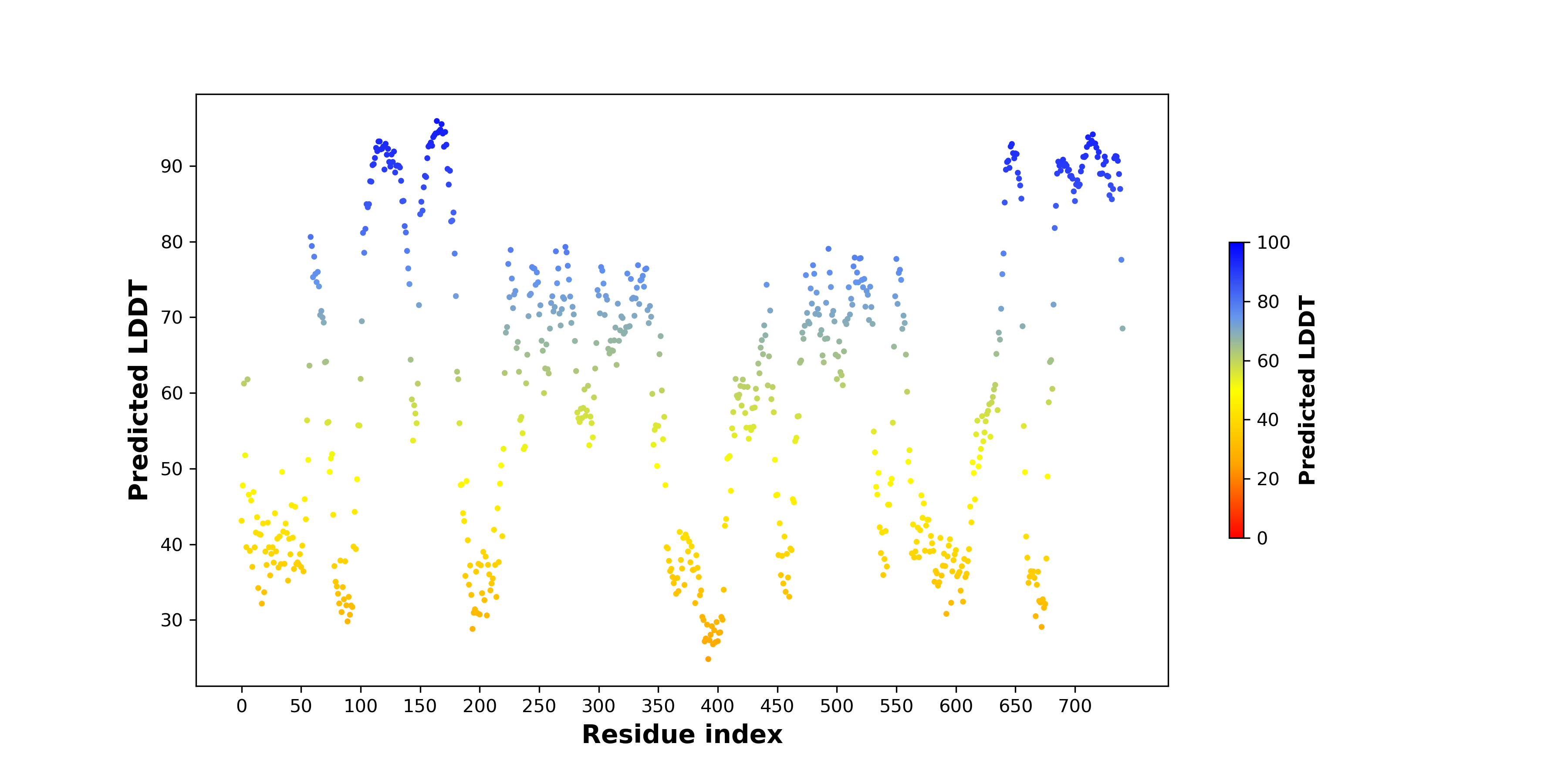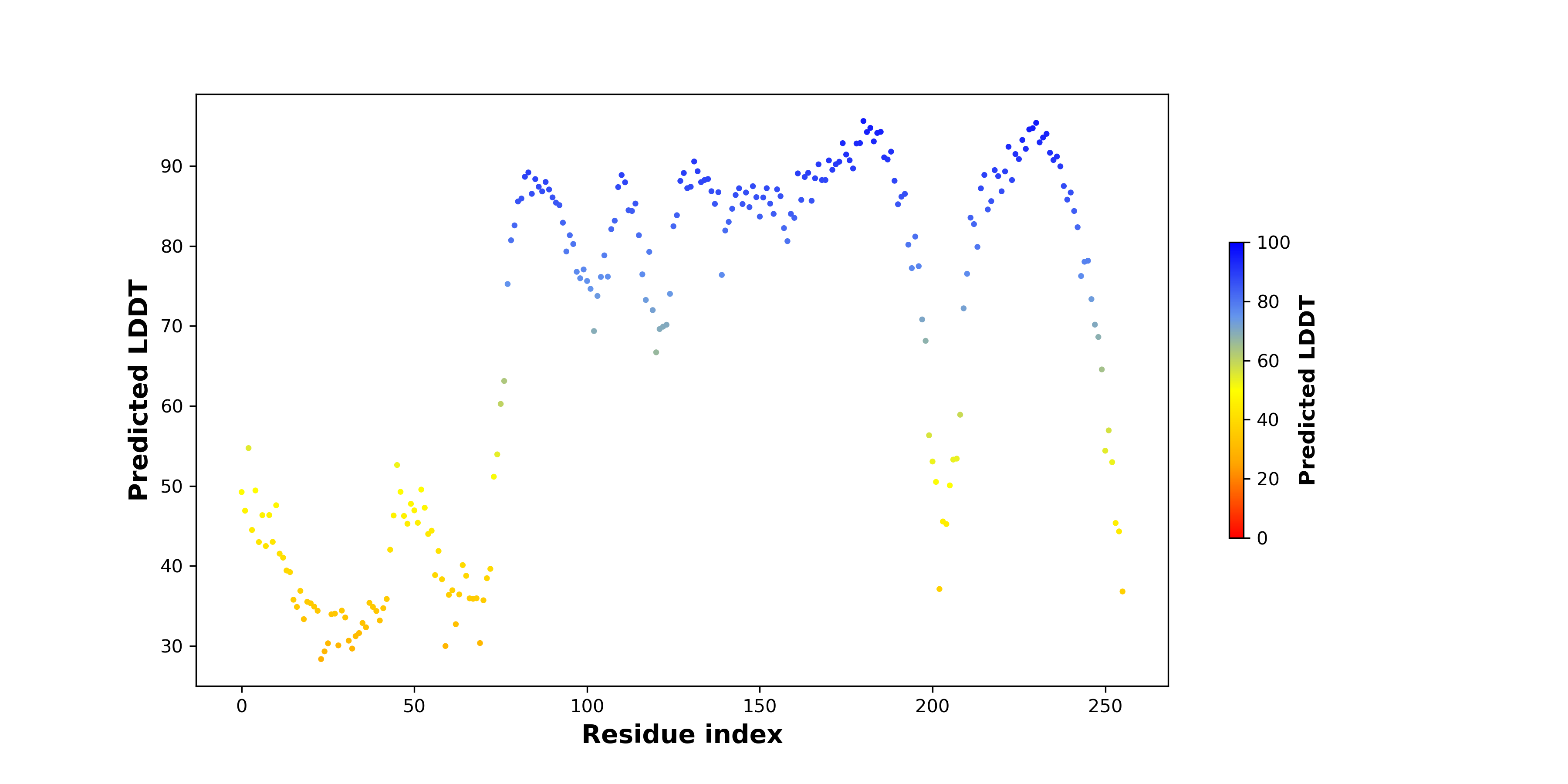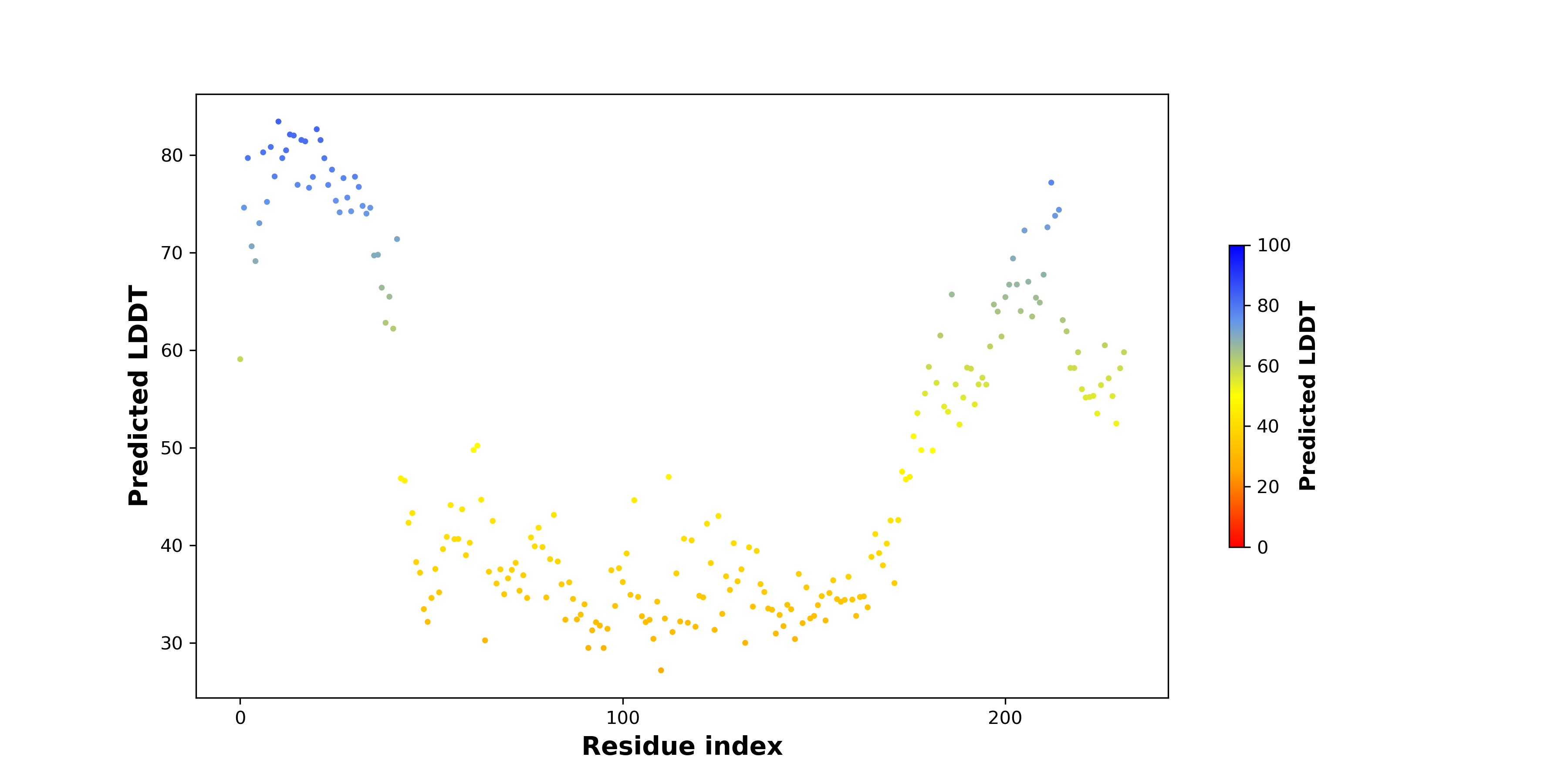| UTHEALTH HOME ABOUT SBMI A-Z WEBMAIL INSIDE THE UNIVERSITY |

|
|||||||
|
Fusion Protein:NCAPH-KCNIP3 |
Fusion Protein Summary |
 Fusion gene summary Fusion gene summary |
| Fusion partner gene information | Fusion gene name: NCAPH-KCNIP3 | FusionPDB ID: 57558 | FusionGDB2.0 ID: 57558 | Hgene | Tgene | Gene symbol | NCAPH | KCNIP3 | Gene ID | 23397 | 30818 |
| Gene name | non-SMC condensin I complex subunit H | potassium voltage-gated channel interacting protein 3 | |
| Synonyms | BRRN1|CAP-H|CAPH|MCPH23 | CSEN|DREAM|KCHIP3 | |
| Cytomap | 2q11.2 | 2q11.1 | |
| Type of gene | protein-coding | protein-coding | |
| Description | condensin complex subunit 2barren homolog 1chromosome-associated protein H | calsenilinA-type potassium channel modulatory protein 3DRE-antagonist modulatorKv channel interacting protein 3, calsenilincalsenilin, presenilin-binding protein, EF hand transcription factorkv channel-interacting protein 3potassium channel interact | |
| Modification date | 20200313 | 20200320 | |
| UniProtAcc | Q6IBW4 | Q9Y2W7 | |
| Ensembl transtripts involved in fusion gene | ENST ids | ENST00000240423, ENST00000427946, ENST00000455200, | ENST00000360990, ENST00000377181, ENST00000468529, ENST00000295225, |
| Fusion gene scores for assessment (based on all fusion genes of FusionGDB 2.0) | * DoF score | 4 X 4 X 3=48 | 4 X 5 X 3=60 |
| # samples | 5 | 6 | |
| ** MAII score | log2(5/48*10)=0.0588936890535686 effective Gene in Pan-Cancer Fusion Genes (eGinPCFGs). DoF>8 and MAII>0 | log2(6/60*10)=0 | |
| Context (manual curation of fusion genes in FusionPDB) | PubMed: NCAPH [Title/Abstract] AND KCNIP3 [Title/Abstract] AND fusion [Title/Abstract] | ||
| Most frequent breakpoint (based on all fusion genes of FusionGDB 2.0) | NCAPH(97001586)-KCNIP3(96040044), # samples:3 | ||
| Anticipated loss of major functional domain due to fusion event. | NCAPH-KCNIP3 seems lost the major protein functional domain in Hgene partner, which is a CGC by not retaining the major functional domain in the partially deleted in-frame ORF. NCAPH-KCNIP3 seems lost the major protein functional domain in Hgene partner, which is a essential gene by not retaining the major functional domain in the partially deleted in-frame ORF. | ||
| * DoF score (Degree of Frequency) = # partners X # break points X # cancer types ** MAII score (Major Active Isofusion Index) = log2(# samples/DoF score*10) |
 Gene ontology of each fusion partner gene with evidence of Inferred from Direct Assay (IDA) from Entrez Gene ontology of each fusion partner gene with evidence of Inferred from Direct Assay (IDA) from Entrez |
| Partner | Gene | GO ID | GO term | PubMed ID |
| Hgene | NCAPH | GO:0007076 | mitotic chromosome condensation | 11136719|11694586 |
 Fusion gene breakpoints across NCAPH (5'-gene) Fusion gene breakpoints across NCAPH (5'-gene)* Click on the image to open the UCSC genome browser with custom track showing this image in a new window. |
 |
 Fusion gene breakpoints across KCNIP3 (3'-gene) Fusion gene breakpoints across KCNIP3 (3'-gene)* Click on the image to open the UCSC genome browser with custom track showing this image in a new window. |
 |
Top |
Fusion Gene Sample Information |
 Fusion gene information from FusionGDB2.0. Fusion gene information from FusionGDB2.0. |
 Fusion gene information from two resources (ChiTars 5.0 and ChimerDB 4.0) Fusion gene information from two resources (ChiTars 5.0 and ChimerDB 4.0)* All genome coordinats were lifted-over on hg19. * Click on the break point to see the gene structure around the break point region using the UCSC Genome Browser. |
| Source | Disease | Sample | Hgene | Hchr | Hbp | Hstrand | Tgene | Tchr | Tbp | Tstrand |
| ChimerDB4 | LUSC | TCGA-90-7767-01A | NCAPH | chr2 | 97001586 | - | KCNIP3 | chr2 | 96040044 | + |
| ChimerDB4 | LUSC | TCGA-90-7767-01A | NCAPH | chr2 | 97001586 | + | KCNIP3 | chr2 | 96040044 | + |
| ChimerDB4 | LUSC | TCGA-90-7767 | NCAPH | chr2 | 97001586 | + | KCNIP3 | chr2 | 96040043 | + |
| ChimerDB4 | LUSC | TCGA-90-7767 | NCAPH | chr2 | 97001586 | + | KCNIP3 | chr2 | 96040044 | + |
Top |
Fusion ORF Analysis |
 Fusion information from ORFfinder translation from full-length transcript sequence from FusionPDB. Fusion information from ORFfinder translation from full-length transcript sequence from FusionPDB. |
| Henst | Tenst | Hgene | Hchr | Hbp | Hstrand | Tgene | Tchr | Tbp | Tstrand | Seq length (transcript) | BP loci (transcript) | Predicted start (transcript) | Predicted stop (transcript) | Seq length (amino acids) |
| ENST00000240423 | NCAPH | chr2 | 97001586 | + | ENST00000295225 | KCNIP3 | chr2 | 96040044 | + | 2680 | 62 | 696 | 1 | 232 |
| ENST00000240423 | NCAPH | chr2 | 97001586 | + | ENST00000295225 | KCNIP3 | chr2 | 96040043 | + | 2680 | 62 | 696 | 1 | 232 |
 DeepORF prediction of the coding potential based on the fusion transcript sequence of in-frame fusion genes. DeepORF is a coding potential classifier based on convolutional neural network by comparing the real Ribo-seq data. If the no-coding score < 0.5 and coding score > 0.5, then the in-frame fusion transcript is predicted as being likely translated. DeepORF prediction of the coding potential based on the fusion transcript sequence of in-frame fusion genes. DeepORF is a coding potential classifier based on convolutional neural network by comparing the real Ribo-seq data. If the no-coding score < 0.5 and coding score > 0.5, then the in-frame fusion transcript is predicted as being likely translated. |
| Henst | Tenst | Hgene | Hchr | Hbp | Hstrand | Tgene | Tchr | Tbp | Tstrand | No-coding score | Coding score |
| ENST00000240423 | ENST00000295225 | NCAPH | chr2 | 97001586 | + | KCNIP3 | chr2 | 96040044 | + | 0.002861399 | 0.9971386 |
| ENST00000240423 | ENST00000295225 | NCAPH | chr2 | 97001586 | + | KCNIP3 | chr2 | 96040043 | + | 0.002861399 | 0.9971386 |
Top |
Fusion Amino Acid Sequences |
 For individual full-length fusion transcript sequence from FusionPDB, we ran ORFfinder and chose the longest ORF among the all predicted ones. For individual full-length fusion transcript sequence from FusionPDB, we ran ORFfinder and chose the longest ORF among the all predicted ones. |
| >FusionGDB ID_FusionGDB isoform ID_FGname_Hgene_Hchr_Hbp_Henst_Tgene_Tchr_Tbp_Tenst_length(fusion AA) seq_BP >57558_57558_1_NCAPH-KCNIP3_NCAPH_chr2_97001586_ENST00000240423_KCNIP3_chr2_96040043_ENST00000295225_length(amino acids)=232AA_BP=1 MGVEVAVAMHSFGRVLDDILKQLHGAHDVLILLTGLQELFNGHYPILVPVHFLEEPLHVLRRRVLPQDGVGVAAHHVIDGLHDGQHLLFG DVAILVNVVEIKGPLELLVDCAPQQDGEANHKVLKVDGPVPVRIKGVEEEVCIGGGISLREELRVNEFEGVFVHQARGTLILKAPVERLQ -------------------------------------------------------------- >57558_57558_2_NCAPH-KCNIP3_NCAPH_chr2_97001586_ENST00000240423_KCNIP3_chr2_96040044_ENST00000295225_length(amino acids)=232AA_BP=1 MGVEVAVAMHSFGRVLDDILKQLHGAHDVLILLTGLQELFNGHYPILVPVHFLEEPLHVLRRRVLPQDGVGVAAHHVIDGLHDGQHLLFG DVAILVNVVEIKGPLELLVDCAPQQDGEANHKVLKVDGPVPVRIKGVEEEVCIGGGISLREELRVNEFEGVFVHQARGTLILKAPVERLQ -------------------------------------------------------------- |
Top |
Fusion Protein Functional Features |
 Four levels of functional features of fusion genes Four levels of functional features of fusion genesGo to FGviewer search page for the most frequent breakpoint (https://ccsmweb.uth.edu/FGviewer/chr2:97001586/chr2:96040044) - FGviewer provides the online visualization of the retention search of the protein functional features across DNA, RNA, protein, and pathological levels. - How to search 1. Put your fusion gene symbol. 2. Press the tab key until there will be shown the breakpoint information filled. 4. Go down and press 'Search' tab twice. 4. Go down to have the hyperlink of the search result. 5. Click the hyperlink. 6. See the FGviewer result for your fusion gene. |
 |
 Main function of each fusion partner protein. (from UniProt) Main function of each fusion partner protein. (from UniProt) |
| Hgene | Tgene |
| NCAPH | KCNIP3 |
| FUNCTION: Regulatory subunit of the condensin-2 complex, a complex that seems to provide chromosomes with an additional level of organization and rigidity and in establishing mitotic chromosome architecture (PubMed:14532007). May promote the resolution of double-strand DNA catenanes (intertwines) between sister chromatids. Condensin-mediated compaction likely increases tension in catenated sister chromatids, providing directionality for type II topoisomerase-mediated strand exchanges toward chromatid decatenation. Required for decatenation of chromatin bridges at anaphase. Early in neurogenesis, may play an essential role to ensure accurate mitotic chromosome condensation in neuron stem cells, ultimately affecting neuron pool and cortex size (By similarity). Seems to have lineage-specific role in T-cell development (PubMed:14532007). {ECO:0000250|UniProtKB:Q8BSP2, ECO:0000269|PubMed:14532007}. | FUNCTION: Calcium-dependent transcriptional repressor that binds to the DRE element of genes including PDYN and FOS. Affinity for DNA is reduced upon binding to calcium and enhanced by binding to magnesium. Seems to be involved in nociception (By similarity). {ECO:0000250|UniProtKB:Q9QXT8}.; FUNCTION: Regulatory subunit of Kv4/D (Shal)-type voltage-gated rapidly inactivating A-type potassium channels, such as KCND2/Kv4.2 and KCND3/Kv4.3. Modulates channel expression at the cell membrane, gating characteristics, inactivation kinetics and rate of recovery from inactivation in a calcium-dependent and isoform-specific manner. {ECO:0000269|PubMed:10676964, ECO:0000269|PubMed:12829703, ECO:0000269|PubMed:15485870, ECO:0000269|PubMed:16123112, ECO:0000269|PubMed:18957440}.; FUNCTION: May play a role in the regulation of PSEN2 proteolytic processing and apoptosis. Together with PSEN2 involved in modulation of amyloid-beta formation. {ECO:0000269|PubMed:11259376, ECO:0000269|PubMed:11988022, ECO:0000269|PubMed:9771752}. |
 Retention analysis result of each fusion partner protein across 39 protein features of UniProt such as six molecule processing features, 13 region features, four site features, six amino acid modification features, two natural variation features, five experimental info features, and 3 secondary structure features. Here, because of limited space for viewing, we only show the protein feature retention information belong to the 13 regional features. All retention annotation result can be downloaded at * Minus value of BPloci means that the break pointn is located before the CDS. Retention analysis result of each fusion partner protein across 39 protein features of UniProt such as six molecule processing features, 13 region features, four site features, six amino acid modification features, two natural variation features, five experimental info features, and 3 secondary structure features. Here, because of limited space for viewing, we only show the protein feature retention information belong to the 13 regional features. All retention annotation result can be downloaded at * Minus value of BPloci means that the break pointn is located before the CDS. |
| - Retained protein feature among the 13 regional features. |
| Partner | Gene | Hbp | Tbp | ENST | Strand | BPexon | TotalExon | Protein feature loci | *BPloci | TotalLen | Protein feature | Protein feature note |
| Tgene | KCNIP3 | chr2:97001586 | chr2:96040043 | ENST00000295225 | 1 | 9 | 175_186 | 60.333333333333336 | 257.0 | Calcium binding | 1 | |
| Tgene | KCNIP3 | chr2:97001586 | chr2:96040043 | ENST00000295225 | 1 | 9 | 223_234 | 60.333333333333336 | 257.0 | Calcium binding | 2 | |
| Tgene | KCNIP3 | chr2:97001586 | chr2:96040043 | ENST00000468529 | 0 | 8 | 175_186 | 34.333333333333336 | 231.0 | Calcium binding | 1 | |
| Tgene | KCNIP3 | chr2:97001586 | chr2:96040043 | ENST00000468529 | 0 | 8 | 223_234 | 34.333333333333336 | 231.0 | Calcium binding | 2 | |
| Tgene | KCNIP3 | chr2:97001586 | chr2:96040044 | ENST00000295225 | 1 | 9 | 175_186 | 60.333333333333336 | 257.0 | Calcium binding | 1 | |
| Tgene | KCNIP3 | chr2:97001586 | chr2:96040044 | ENST00000295225 | 1 | 9 | 223_234 | 60.333333333333336 | 257.0 | Calcium binding | 2 | |
| Tgene | KCNIP3 | chr2:97001586 | chr2:96040044 | ENST00000468529 | 0 | 8 | 175_186 | 34.333333333333336 | 231.0 | Calcium binding | 1 | |
| Tgene | KCNIP3 | chr2:97001586 | chr2:96040044 | ENST00000468529 | 0 | 8 | 223_234 | 34.333333333333336 | 231.0 | Calcium binding | 2 | |
| Tgene | KCNIP3 | chr2:97001586 | chr2:96040043 | ENST00000295225 | 1 | 9 | 126_161 | 60.333333333333336 | 257.0 | Domain | EF-hand 2 | |
| Tgene | KCNIP3 | chr2:97001586 | chr2:96040043 | ENST00000295225 | 1 | 9 | 162_197 | 60.333333333333336 | 257.0 | Domain | EF-hand 3 | |
| Tgene | KCNIP3 | chr2:97001586 | chr2:96040043 | ENST00000295225 | 1 | 9 | 210_245 | 60.333333333333336 | 257.0 | Domain | EF-hand 4 | |
| Tgene | KCNIP3 | chr2:97001586 | chr2:96040043 | ENST00000295225 | 1 | 9 | 67_123 | 60.333333333333336 | 257.0 | Domain | EF-hand 1%3B degenerate | |
| Tgene | KCNIP3 | chr2:97001586 | chr2:96040043 | ENST00000468529 | 0 | 8 | 126_161 | 34.333333333333336 | 231.0 | Domain | EF-hand 2 | |
| Tgene | KCNIP3 | chr2:97001586 | chr2:96040043 | ENST00000468529 | 0 | 8 | 162_197 | 34.333333333333336 | 231.0 | Domain | EF-hand 3 | |
| Tgene | KCNIP3 | chr2:97001586 | chr2:96040043 | ENST00000468529 | 0 | 8 | 210_245 | 34.333333333333336 | 231.0 | Domain | EF-hand 4 | |
| Tgene | KCNIP3 | chr2:97001586 | chr2:96040043 | ENST00000468529 | 0 | 8 | 67_123 | 34.333333333333336 | 231.0 | Domain | EF-hand 1%3B degenerate | |
| Tgene | KCNIP3 | chr2:97001586 | chr2:96040044 | ENST00000295225 | 1 | 9 | 126_161 | 60.333333333333336 | 257.0 | Domain | EF-hand 2 | |
| Tgene | KCNIP3 | chr2:97001586 | chr2:96040044 | ENST00000295225 | 1 | 9 | 162_197 | 60.333333333333336 | 257.0 | Domain | EF-hand 3 | |
| Tgene | KCNIP3 | chr2:97001586 | chr2:96040044 | ENST00000295225 | 1 | 9 | 210_245 | 60.333333333333336 | 257.0 | Domain | EF-hand 4 | |
| Tgene | KCNIP3 | chr2:97001586 | chr2:96040044 | ENST00000295225 | 1 | 9 | 67_123 | 60.333333333333336 | 257.0 | Domain | EF-hand 1%3B degenerate | |
| Tgene | KCNIP3 | chr2:97001586 | chr2:96040044 | ENST00000468529 | 0 | 8 | 126_161 | 34.333333333333336 | 231.0 | Domain | EF-hand 2 | |
| Tgene | KCNIP3 | chr2:97001586 | chr2:96040044 | ENST00000468529 | 0 | 8 | 162_197 | 34.333333333333336 | 231.0 | Domain | EF-hand 3 | |
| Tgene | KCNIP3 | chr2:97001586 | chr2:96040044 | ENST00000468529 | 0 | 8 | 210_245 | 34.333333333333336 | 231.0 | Domain | EF-hand 4 | |
| Tgene | KCNIP3 | chr2:97001586 | chr2:96040044 | ENST00000468529 | 0 | 8 | 67_123 | 34.333333333333336 | 231.0 | Domain | EF-hand 1%3B degenerate |
| - Not-retained protein feature among the 13 regional features. |
| Partner | Gene | Hbp | Tbp | ENST | Strand | BPexon | TotalExon | Protein feature loci | *BPloci | TotalLen | Protein feature | Protein feature note |
Top |
Fusion Protein Structures |
 PDB and CIF files of the predicted fusion proteins PDB and CIF files of the predicted fusion proteins * Here we show the 3D structure of the fusion proteins using Mol*. AlphaFold produces a per-residue confidence score (pLDDT) between 0 and 100. Model confidence is shown from the pLDDT values per residue. pLDDT corresponds to the model’s prediction of its score on the local Distance Difference Test. It is a measure of local accuracy (from AlphfaFold website). To color code individual residues, we transformed individual PDB files into CIF format. |
| Fusion protein PDB link (fusion AA seq ID in FusionPDB) | Hgene | Hchr | Hbp | Hstrand | Tgene | Tchr | Tbp | Tstrand | AA seq | Len(AA seq) |
| PDB file >>>358_NCAPH_97001586_KCNIP3_96040044_ranked_0.pdb | NCAPH | 97001586 | 97001586 | ENST00000295225 | KCNIP3 | chr2 | 96040044 | + | MGVEVAVAMHSFGRVLDDILKQLHGAHDVLILLTGLQELFNGHYPILVPVHFLEEPLHVLRRRVLPQDGVGVAAHHVIDGLHDGQHLLFG DVAILVNVVEIKGPLELLVDCAPQQDGEANHKVLKVDGPVPVRIKGVEEEVCIGGGISLREELRVNEFEGVFVHQARGTLILKAPVERLQ | 232 |
Top |
pLDDT score distribution |
 pLDDT score distribution of the predicted wild-type structures of two partner proteins from AlphaFold2 pLDDT score distribution of the predicted wild-type structures of two partner proteins from AlphaFold2* AlphaFold produces a per-residue confidence score (pLDDT) between 0 and 100. |
NCAPH_pLDDT.png |
KCNIP3_pLDDT.png |
 pLDDT score distribution of the predicted fusion protein structures from AlphaFold2 pLDDT score distribution of the predicted fusion protein structures from AlphaFold2* AlphaFold produces a per-residue confidence score (pLDDT) between 0 and 100. |
 |
Top |
Ramachandran Plot of Fusion Protein Structure |
 Ramachandran plot of the torsional angles - phi (φ)and psi (ψ) - of the residues (amino acids) contained in this fusion protein peptide. Ramachandran plot of the torsional angles - phi (φ)and psi (ψ) - of the residues (amino acids) contained in this fusion protein peptide. |
| Fusion AA seq ID in FusionPDB and their Ramachandran plots |
Top |
Fusion Protein-Protein Interaction |
 Go to ChiPPI (Chimeric Protein-Protein interactions) to see the chimeric PPI interaction in Go to ChiPPI (Chimeric Protein-Protein interactions) to see the chimeric PPI interaction in |
 Protein-protein interactors with each fusion partner protein in wild-type from validated records (BIOGRID-3.4.160) Protein-protein interactors with each fusion partner protein in wild-type from validated records (BIOGRID-3.4.160) |
| Gene | PPI interactors |
 Protein-protein interactors based on sequence similarity (STRING) Protein-protein interactors based on sequence similarity (STRING) |
| Gene | STRING network |
| NCAPH | |
| KCNIP3 |
 - Retained interactions in fusion protein (protein functional feature from UniProt). - Retained interactions in fusion protein (protein functional feature from UniProt). |
| Partner | Gene | Hbp | Tbp | ENST | Strand | BPexon | TotalExon | Protein feature loci | *BPloci | TotalLen | Still interaction with |
 - Lost interactions due to fusion (protein functional feature from UniProt). - Lost interactions due to fusion (protein functional feature from UniProt). |
| Partner | Gene | Hbp | Tbp | ENST | Strand | BPexon | TotalExon | Protein feature loci | *BPloci | TotalLen | Interaction lost with |
Top |
Related Drugs to NCAPH-KCNIP3 |
 Drugs used for this fusion-positive patient. Drugs used for this fusion-positive patient. (Manual curation of PubMed, 04-30-2022 + MyCancerGenome) |
| Hgene | Tgene | Drug | Source | PMID |
Top |
Related Diseases to NCAPH-KCNIP3 |
 Diseases that have this fusion gene. Diseases that have this fusion gene. (Manual curation of PubMed, 04-30-2022 + MyCancerGenome) |
| Hgene | Tgene | Disease | Source | PMID |
 Diseases associated with fusion partners. Diseases associated with fusion partners. (DisGeNet 4.0) |
| Partner | Gene | Disease ID | Disease name | # pubmeds | Source |

